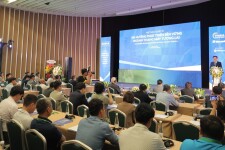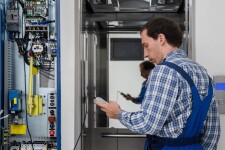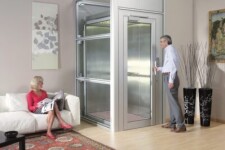Elevators play an important role in people's modern life, especially in high-rise buildings. However, in the past time, there have been many serious accidents and elevator-related incidents that have caused public unrest. 2020 was a terrible year with nearly a dozen serious elevator accidents occurring across the country. According to the assessment of many industry experts, most of the incidents are caused by subjective human factors from product quality to the stages of installation, operation, maintenance, ... leading to unexpected events. . While the sets of standards, regulations, and technical processes are basically adequate, the actual implementation to control risks still has many issues that need attention.
Although undesirable, we also need to review the serious incidents related to the elevator that have occurred. In February 2020, the cargo elevator fell at a business household on Nguyen Van Vinh Street, Hiep Tan Ward, Tan Phu District, Ho Chi Minh City. Ho Chi Minh City killed 1 person, injured 2 people. In May 2020, the elevator at Kim Dong Kindergarten, City. Ho Chi Minh City was stuck, causing 1 death.
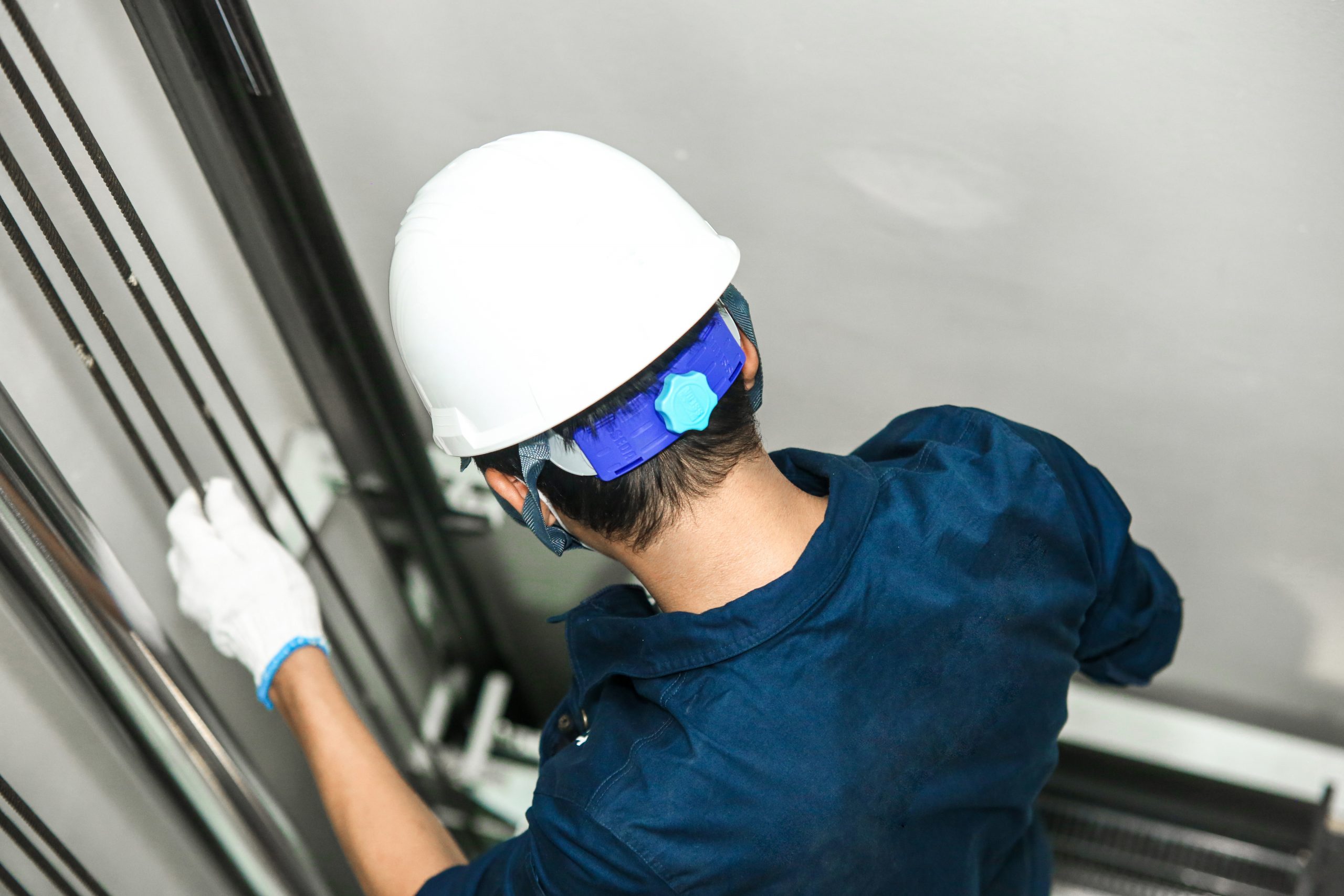
In September 2020, an occupational accident while performing electric elevator maintenance occurred at Valentina Court Building at 124 Dien Bien Phu, Da Kao ward, District 1, Ho Chi Minh City. Ho Chi Minh City killed 1 worker. In November 2020, the elevator cabin drifted out of control at B10A apartment building in Nam Trung Yen, Hanoi, leaving 1 person seriously injured and 10 people trapped. Statistics show that, 0.00000015% is the death rate, so the elevator is considered the safest means of transportation. However, serious things still happen. What is the cause?
According to industry experts, currently elevator-related accidents occur largely due to subjective human factors. Although the sets of standards, regulations and technical processes promulgated by the state are said to be quite complete and close to international standards, their application is still a matter of consideration. This may have led to the unfortunate events mentioned above.
In fact, in genuine businesses, especially a few that are distributors for world-famous elevator companies in Vietnam, they are forced to comply with very strict regulations from their partners. One of the prerequisites is that the company's personnel must participate in training courses and after the trainees meet the requirements, they are eligible to perform construction and installation work. Rigorous standards create a filter to assess competencies and add essential knowledge. This minimizes the risks as well as can fix the repair right from the first steps.
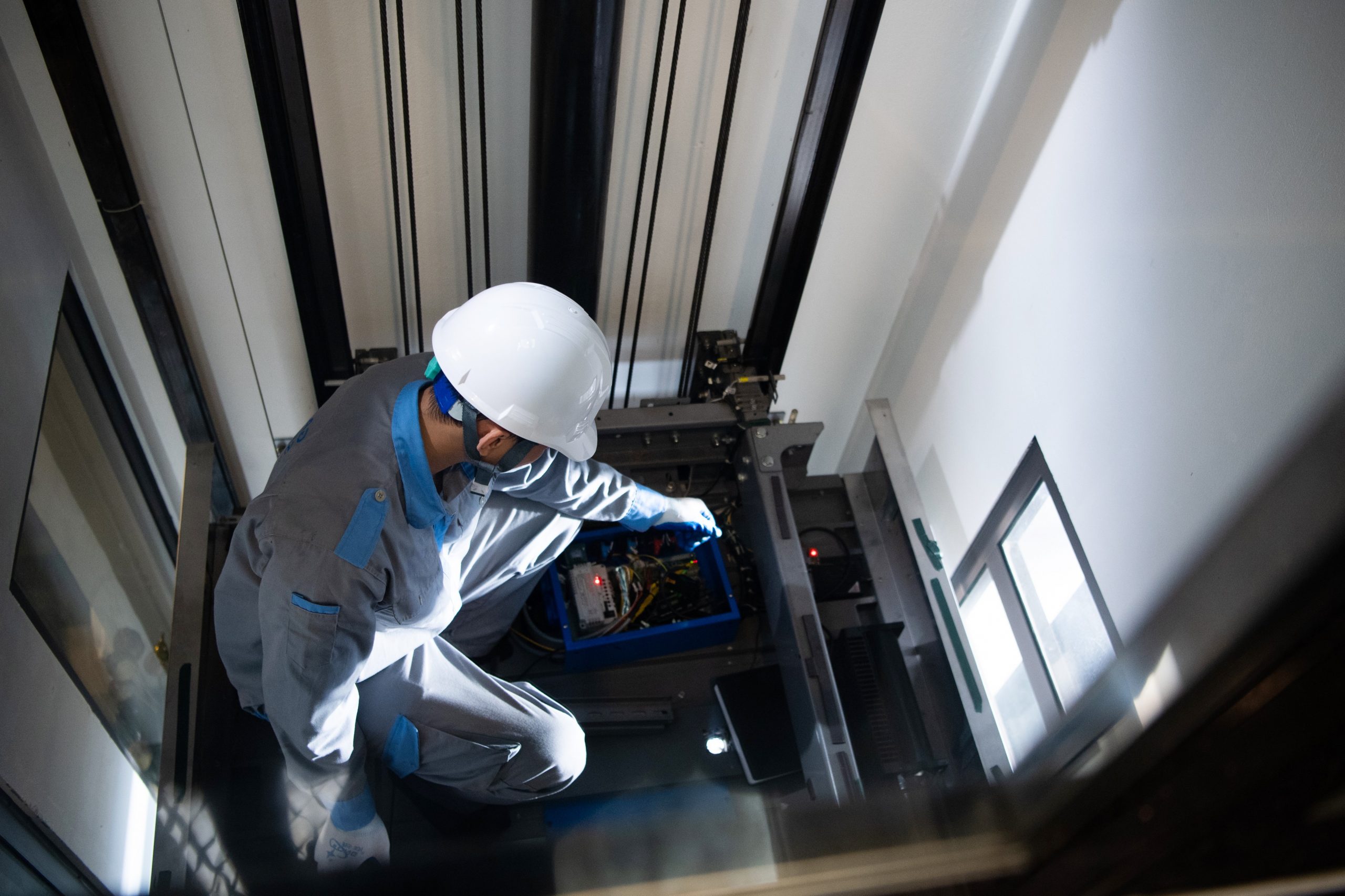
Currently, human resources in the elevator industry have not been formally trained, but are mainly trained by enterprises themselves
On the contrary, some other enterprises operate in a small and fragmented model. Equipment assembled lacks synchronization, patchwork, substandard. When the product is sold on the market, the unit hired to build does not have a certificate of professional training in elevators... How to use the elevator is also one of the important reasons to ensure its durability and safety device safety features. Sustainability in people is a saying that has never been wrong.
Adding those factors together, it is not difficult to predict if elevator products have problems during construction, operation or more seriously, accidents in stages. The analysis shows that the subjective causes leading to the elevator accident can be completely overcome. It is necessary that we have stricter sanctions when requiring construction, maintenance, operation and rescue units to be well-trained and meet the requirements to be granted professional certificates.
Experts in the elevator industry said that there are five basic factors to evaluate the quality and safety of elevators.
The quality of elevator equipment plays a particularly important role, which is the first factor to mention because it is directly related to the life and property of the user. Quality will depend on the brand, safety certificate with accompanying set of technical standards, customer feedback after experience or after-sales service...
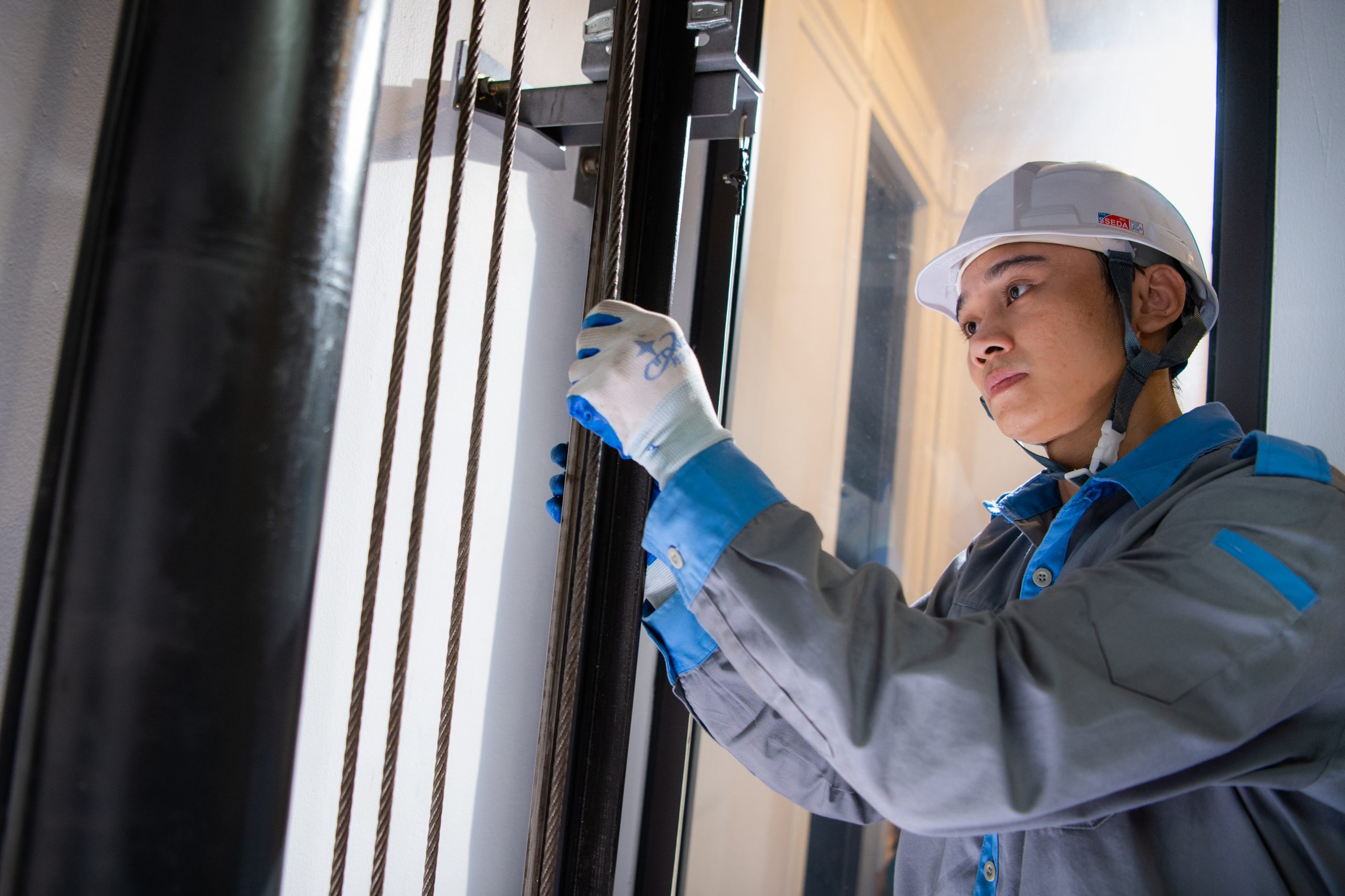
Whether equipment is tested or re-tested to ensure safety during use is also a matter of serious consideration. According to the National Technical Regulation on occupational safety for elevators, (symbol QCVN 02:2019/BLDTBXH) promulgated according to the Circular No. 42/2019/TT-BLDTBXH dated December 20, 2019 of the BLD, TB & XH , elevators are included in the list of equipment, machinery and supplies with strict requirements on occupational safety and are required to be inspected to ensure absolute safety for users. If the inspection stage is loose, it will lead to unfortunate, even catastrophic consequences.
The capacity of the installation, warranty and maintenance unit of elevator equipment is also very important. In order to install an elevator system to ensure safe operation in all cases, the contractor/construction unit must have a wide understanding and experience to ensure that the construction is carried out properly according to design documents, detect and promptly handle errors. The maintenance and repair of elevators also need a team of well-trained and experienced people. Besides, other subjective factors such as voltage, design, natural disasters, etc. will affect the quality of the elevator. However, this is a factor that does not affect as much as the reasons above. Vietnam has more than 200 enterprises providing elevator services, but the capacity framework is not uniform. To synchronize and improve the elevator industry standards in the country, providing high quality products to the market is an issue that the Vietnam Elevator Association is very interested in and ready to share with the business community.
According to data provided by the Department of Occupational Safety, 250,000 is the number of elevators in operation in Vietnam. Every year, 40,000 elevators are inspected, of which 10,000 are new and 30,000 are in operation. Meanwhile, the current number of inspectors in the whole country is around 1,000 people. Calculating the rate, each inspector will inspect 40 elevators/year, a mechanically feasible number. Currently, there are 130 organizations licensed to conduct quality inspection of elevators (by the Department of Labor Safety, Ministry of Labour, Invalids and Social Affairs) and the Department of Occupational Safety also periodically inspects 40 units per year. Auditor training courses are also organized continuously and regularly to meet the requirements of the business and the elevator market. Professional certificates will only be valid for 5 years and will be tested for re-evaluation after the term expires.
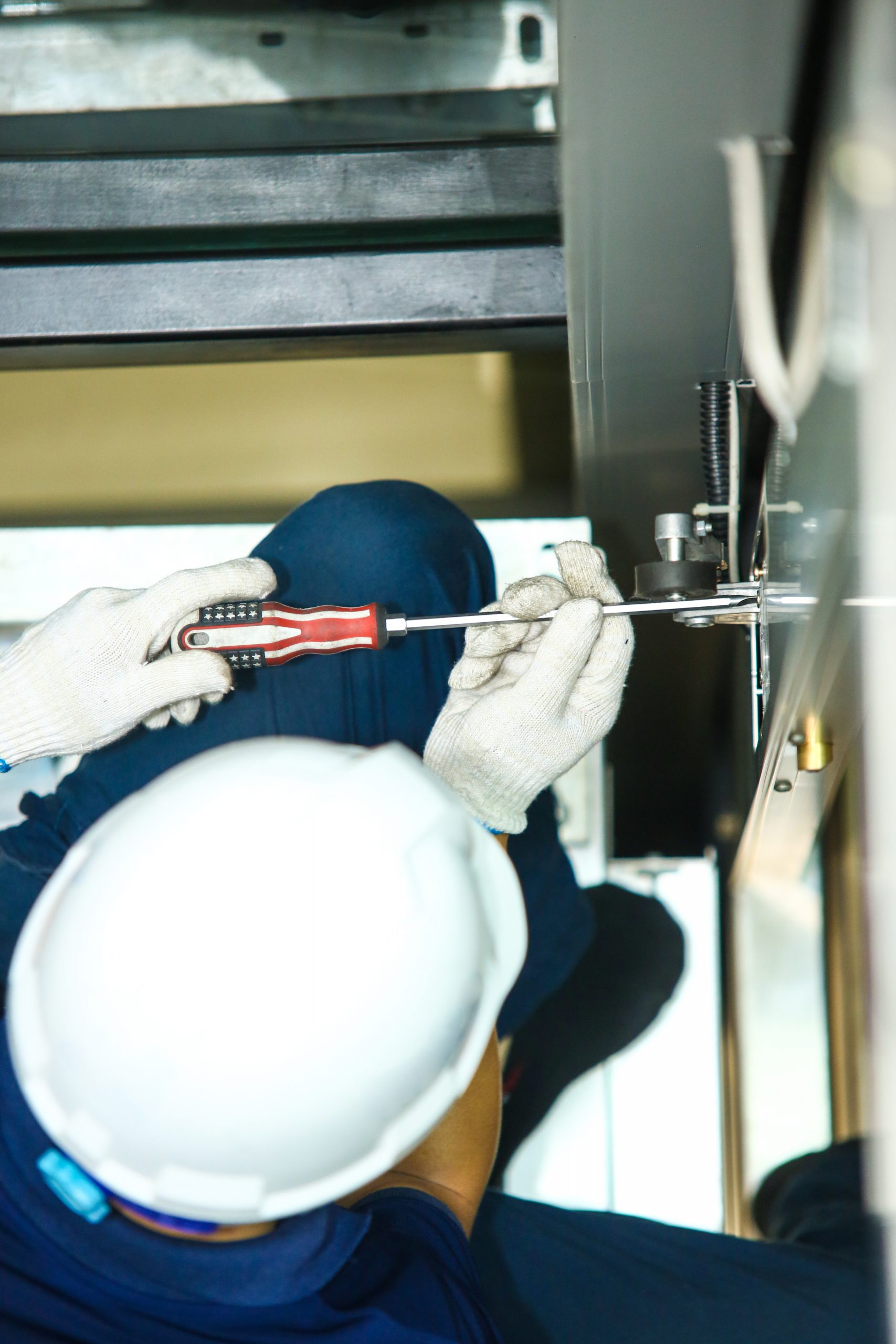
Newly installed elevators must be inspected and stamped for safety before being put into use. As for the elevators that have been operated, whether to re-inspect or not depends a lot on the subjective consciousness of the investor. This fact was shared by an expert in the construction industry when he noticed that many buildings have elevators, even though they have been used for decades, but have never been tested. If the fire prevention and fighting work, the fire police will come to check and accept whether the equipment is qualified or not, periodically check to see if these cylinders are still working, then the elevator will not work. It is clear which agency will check, the expert asked.
Sanctions in elevator safety control are enough or not? What additional conditions should be added to improve the elevator safety rate? We need a practical solution.
Newly integrated into the Vietnamese market in the past fifteen years, the elevator is a completely new field and has strong development opportunities. One of the most concerned issues today is the construction of additional measures to control elevator safety so that this is really the safest means of transport. It is necessary to have a hand to connect businesses operating in the field of elevators to unify proposals, advise state agencies in promulgating documents, implementing effective control on safety levels. whole. Since then, promoting the elevator field to develop more and more, not only conquering the domestic market but also reaching out to fastidious international markets.
